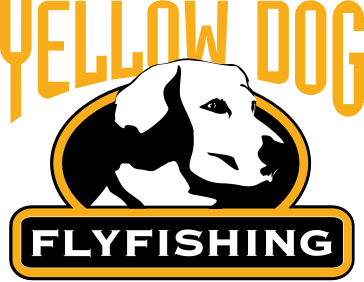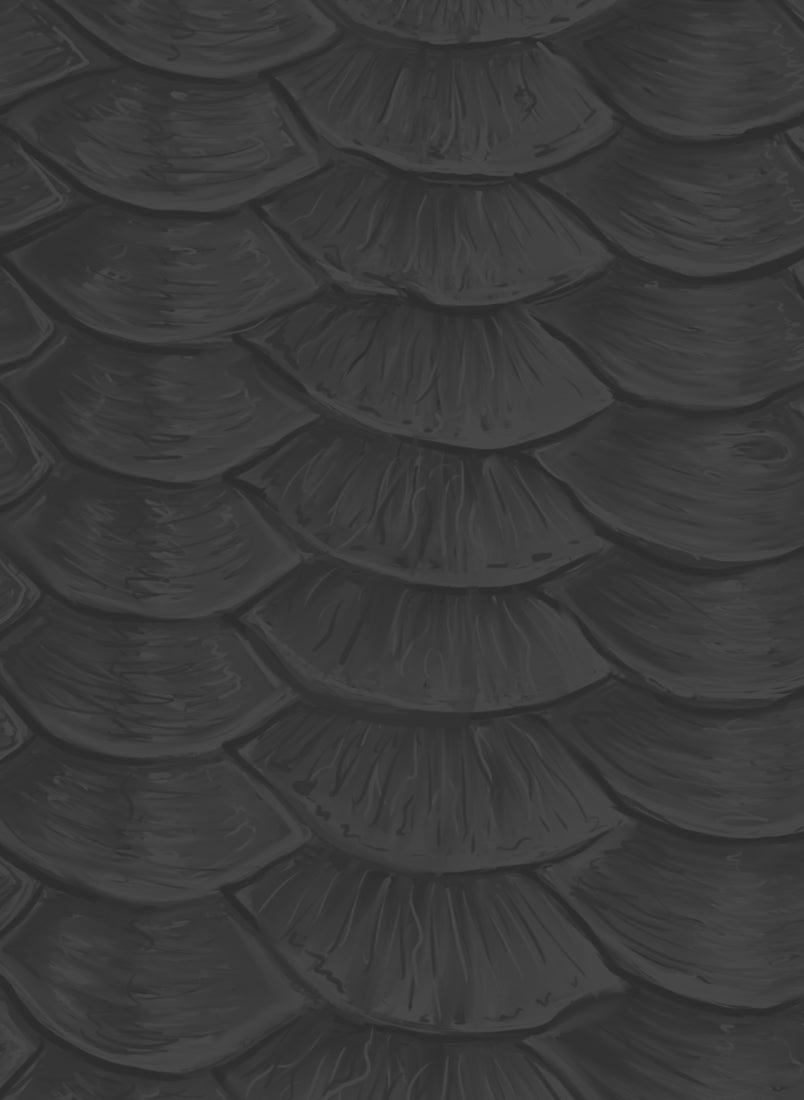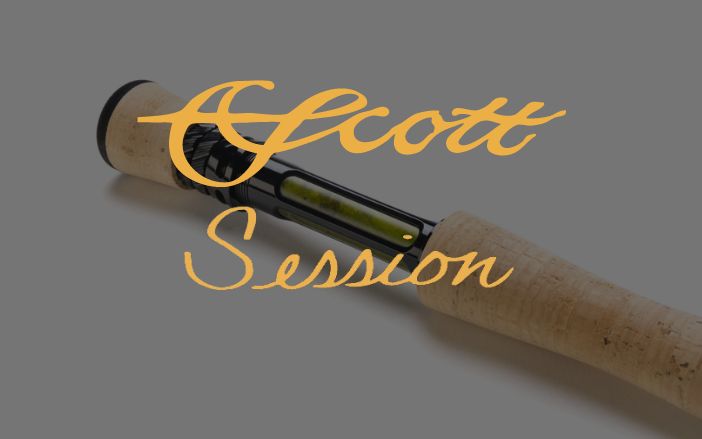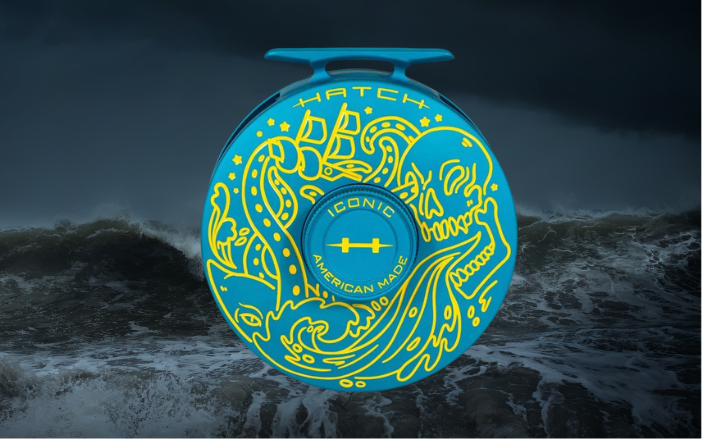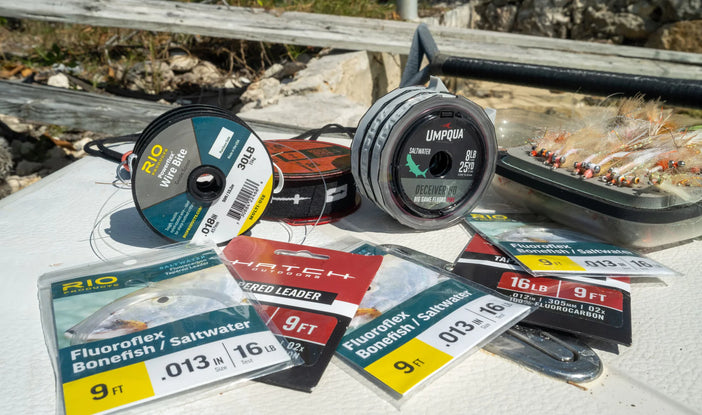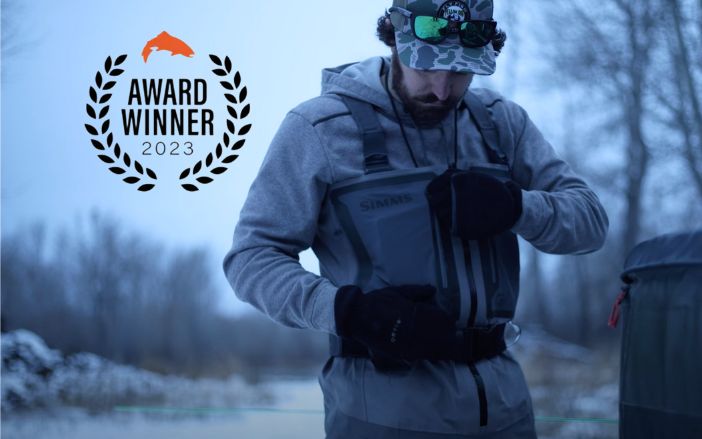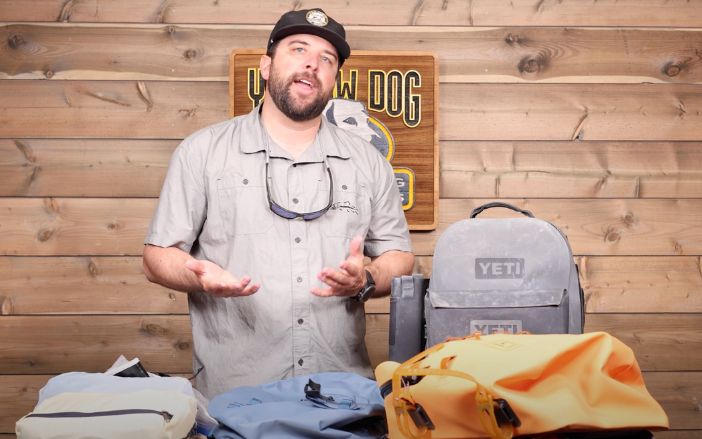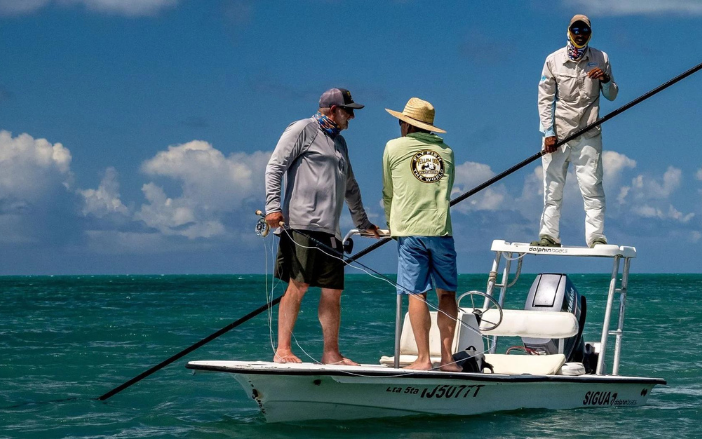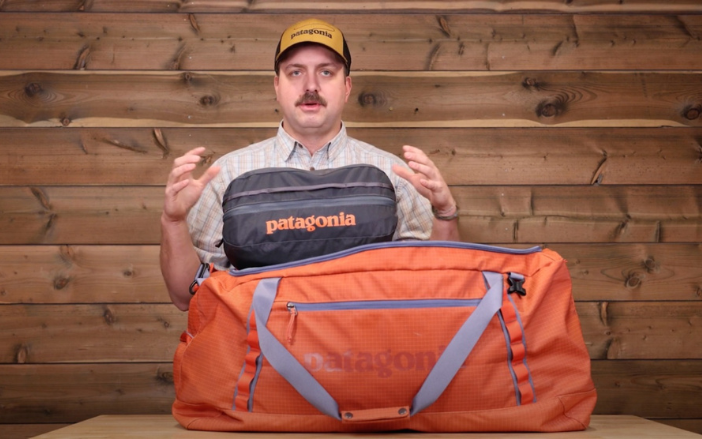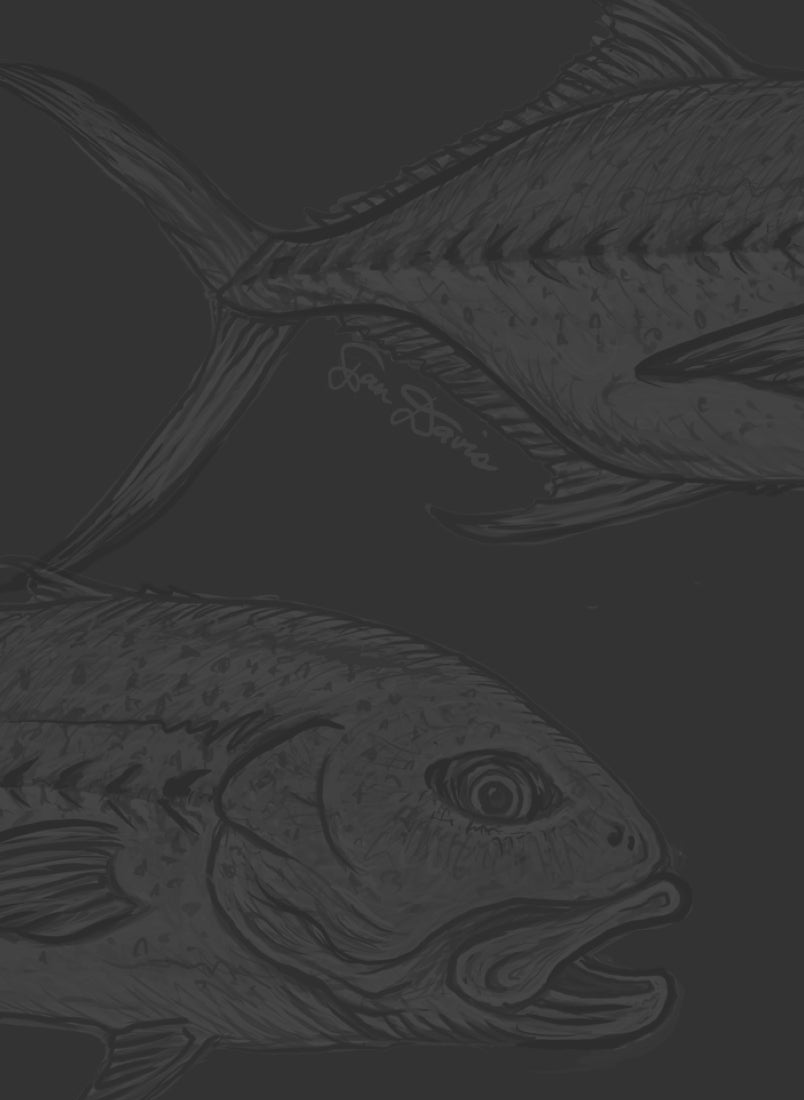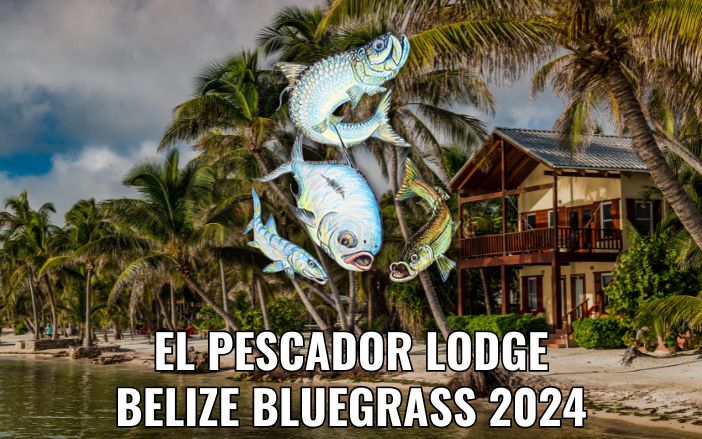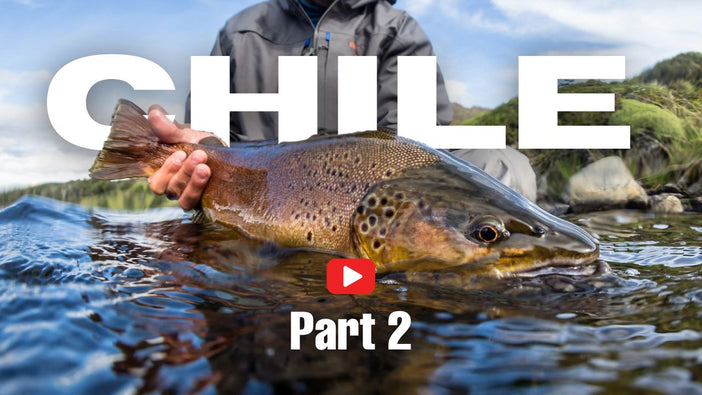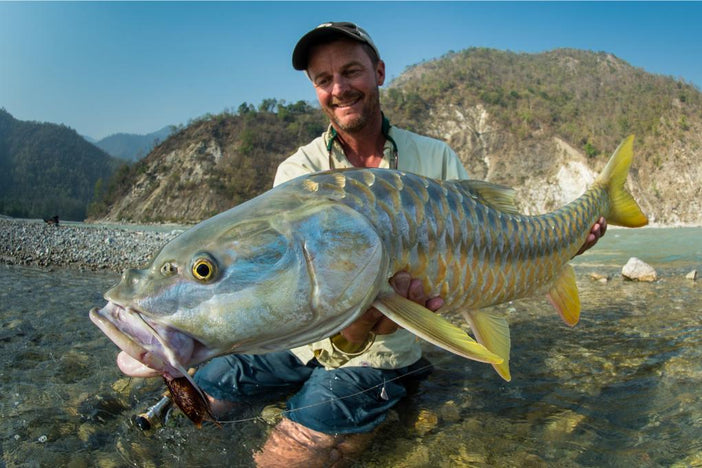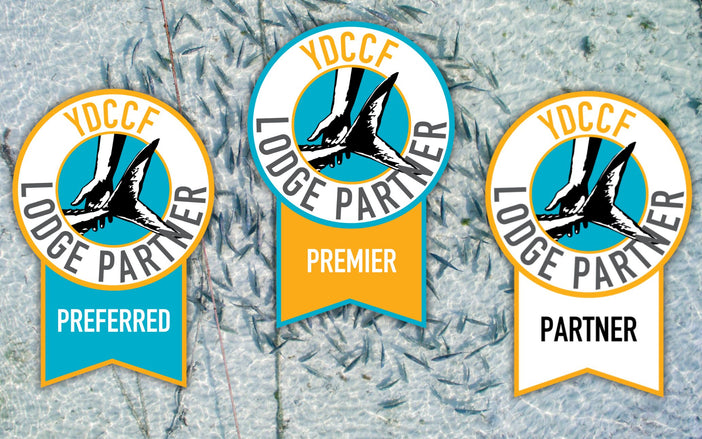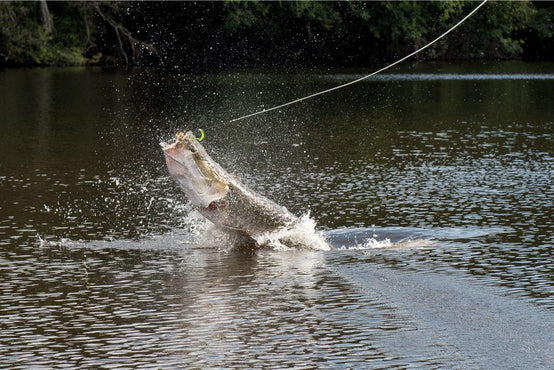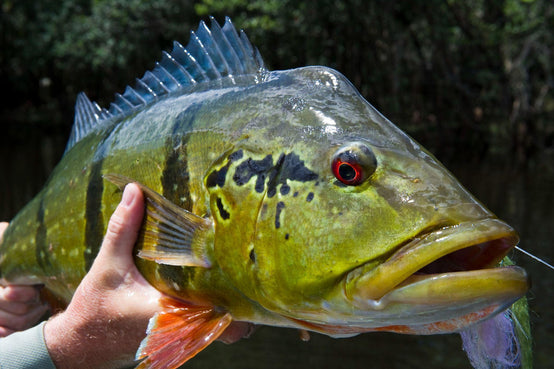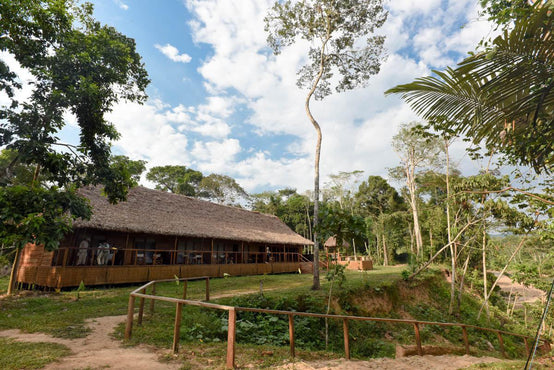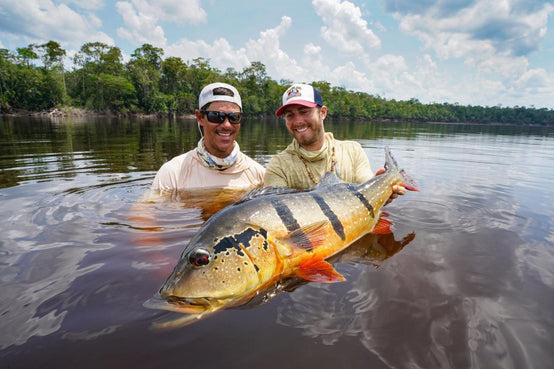Package Rates
Remember that Yellow Dog’s services are completely free! When you book a trip with Yellow Dog, you never pay more than when you book directly with the lodge or outfitter. All prices listed below are per person, based on double occupancy, and quoted in US dollars. Prices below are based upon an eight (8) nights / six and a half (6.5) fishing days package (Friday to Saturday).
Rates for all River Plate mobile cabin options:
8 angler cabins = $5,590.00 per person
12 angler cabins = $4,990.00 per person
Short week option = $4,550.00 per person
Floatplane = $580.00 per person
**Floatplanes are required for the following River Plate destinations: Kabori (fly fishing only), upper Xeurini, upper Shufaris, upper Tapera, Marmelos, and the upper Matupiri rivers
What’s Included:
- All charter flights in-country except for floatplane destinations
- All necessary ground transfers
- One overnight at Tropical Hotel in Manaus on arrival (Friday)
- Guide-operated 21-foot fully equipped shallow drafting bass boat per two anglers
- Brazilian fishing licenses
- All meals at the fishing destination
- All wine and beer
- Daily laundry and maid service at fishing destinations
What’s Not Included:
- International airfare from original destination to Manaus, Brazil (MAO)
- Brazilian visa (waived as of 2019)
- Gratuities and tips to camp staff and fishing guides
- Overweight luggage charges (weight limit: 36 lbs. per person is allowed on the floatplane)
- Food and beverages in Manaus
- Private city tours, special transfers, and hotel reservations when not arriving/ departing with the party
- Airport departure tax
- Satellite phone calls ($5.00/minute)
- Rods, flies, and all terminal tackle
River Plate Outfitters (Brazil)
TERMS AND CONDITIONS – CANCELLATIONS
A non-refundable deposit of 50% per person is due at the time of booking to hold both space and guides for all River Plate packages. In the case of cancellations, all deposits and payments are non-refundable. Because of the lodge’s strict no refund policy, we highly recommend the purchase of trip cancellation insurance. No space or guides will be held without receipt of deposit. Full pre-payment is due 90 days prior to date of trip. River Plate will not refund payments in the event poor weather, or for unused portions of any package. If a cancelled package is resold by either the lodge or by Yellow Dog Flyfishing Adventures, then a full refund will be sent minus a $100.00 per person cancellation fee charged by Yellow Dog Flyfishing. Please be aware that all guests will be required to sign and return a River Plate Indemnity Form prior to the trip, and there will be no exceptions to this. No refunds can be made for unused arrangements or fishing time lost due to inclement weather. Visiting River Plate operations and locations requires flying a private charter fixed-wing aircraft. Passengers must understand and accept the risks which are inherent in and associated with such means of conveyance. Receipt of deposit and/or final payment is acknowledgment that registrant has read and accepts the deposit, cancellation, refund and responsibility clauses for these Amazon packages.
Payment Terms for All Yellow Dog Trip Bookings
Unless otherwise noted on your invoice, for all trips less than 90 days out, full payment is required after receipt of the confirmation email to secure guides and reservations. For trips outside of 90 days, a 50% deposit is required upon receipt of confirmation email to confirm your reservations.
Yellow Dog accepts on-line payments via a secure payment portal – a quick and easy way to complete your trip reservation. Please reach out to accounting@yellowdogflyfishing.com to gain access.
Yellow Dog Flyfishing Standard Forms of Payment
- Debit card (fee-free) and credit card (3% convenience fee) - to pay via card please utilize the customer payment portal. If you need assistance, reach out to 406-585-8667 ext. #3
- Wires - please include name and/or invoice number for reference on your wire. Please reach out to accounting@yellowdogflyfishing.com for wiring instructions. (client is responsible for wiring fees)
- Physical check - please include your invoice number in the memo. Mail checks to 213 S. Willson Ave. Bozeman, MT, 59715
If you have any questions about alternate payment methods, please contact Yellow Dog at (406) 585-8667 ext. #3. We are available Monday through Friday, 9:00 AM to 5:00 PM MT.















